News
-
 Climate
ClimateWanted: New ways to chill air conditioners, fridges
A new amendment to the Montreal Protocol will phase out potent greenhouse gases currently used in air conditioners and refrigerators, prompting a hunt for eco-friendly alternatives.
-
 Particle Physics
Particle PhysicsLatest dark matter searches leave scientists empty-handed
As the most popular candidates for dark matter fail to show up in detectors, scientists are broadening the search.
-
 Neuroscience
NeuroscienceFrequent liars show less activity in key brain structure
Brain activity changed as people lied more, a new study finds.
-
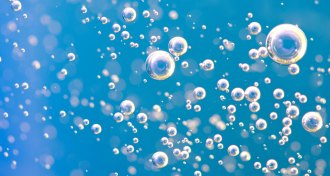 Physics
PhysicsPhysicists find atomic nucleus with a ‘bubble’ in the middle
Silicon-34 has an unusually small number of protons in its center.
-
 Chemistry
ChemistryWater softeners get friendlier to health, environment
New technology softens water without adding sodium, which ends up in drinking water and contaminates the environment.
-
 Genetics
GeneticsDNA data offer evidence of unknown extinct human relative
Melanesians may carry genetic evidence of a previously unknown extinct human relative.
-
 Life
LifeVirus triggers immune proteins to aid enemy
Virus-fighting proteins in the immune system can sometimes help out their targets instead.
-

-
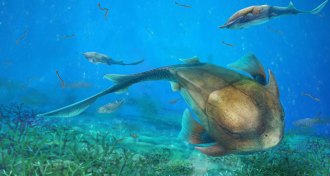 Paleontology
PaleontologyAncient armored fish revises early history of jaws
The fossil of a 423-million-year-old armored fish from China suggests that the jaws of all modern land vertebrates and bony fish originated in a bizarre group of animals called placoderms.
By Meghan Rosen -
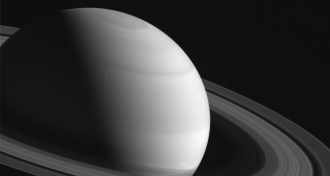 Planetary Science
Planetary ScienceExperts don’t agree on age of Saturn’s rings
Saturn’s rings could be almost as old as the solar system, and the Cassini craft is poised to help find out.
-
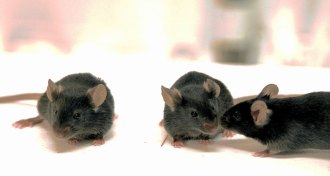 Neuroscience
NeuroscienceMice smell, share each other’s pain
Pain can jump from one mouse to another, presumably through chemicals detected by the nose.
-
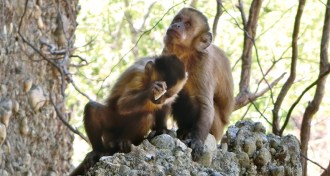 Archaeology
ArchaeologyWild monkeys throw curve at stone-tool making’s origins
Monkeys that make sharp-edged stones raise questions about evolution of stone tool production.
By Bruce Bower